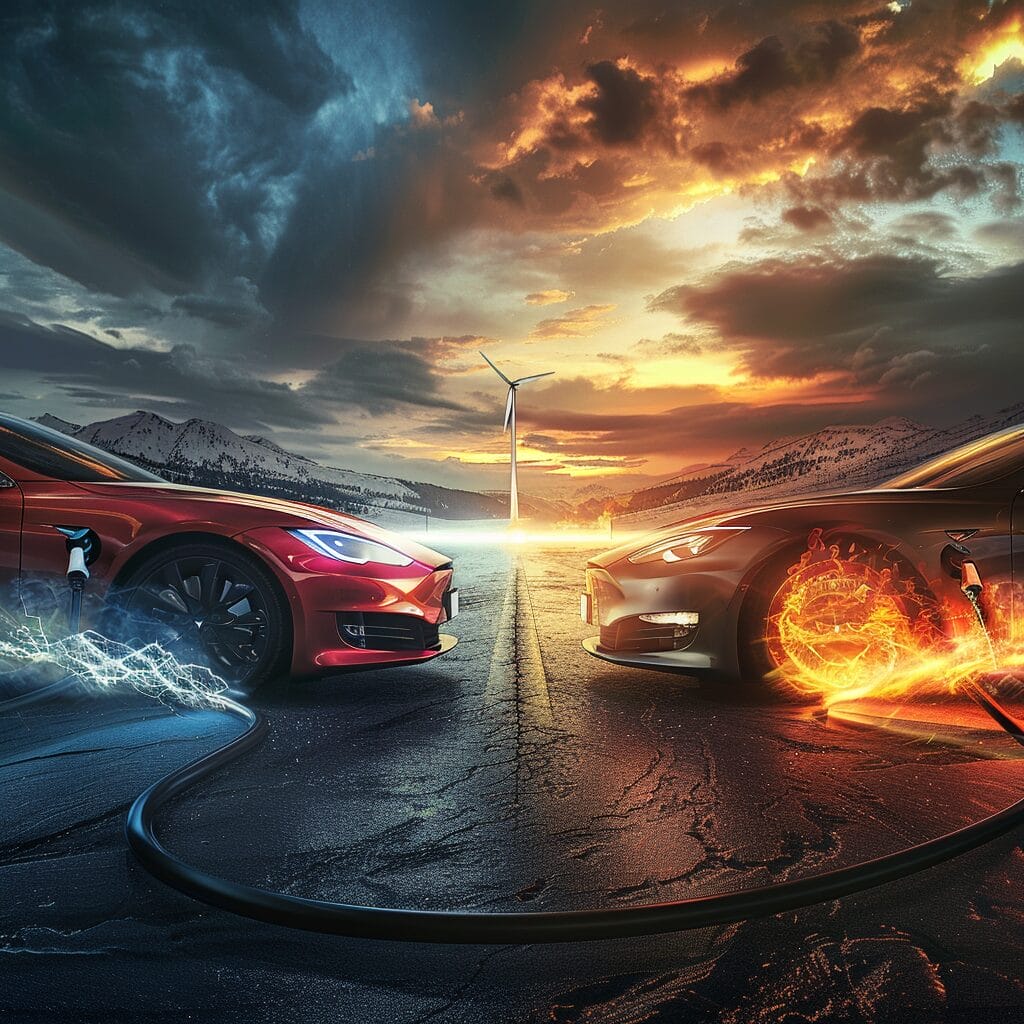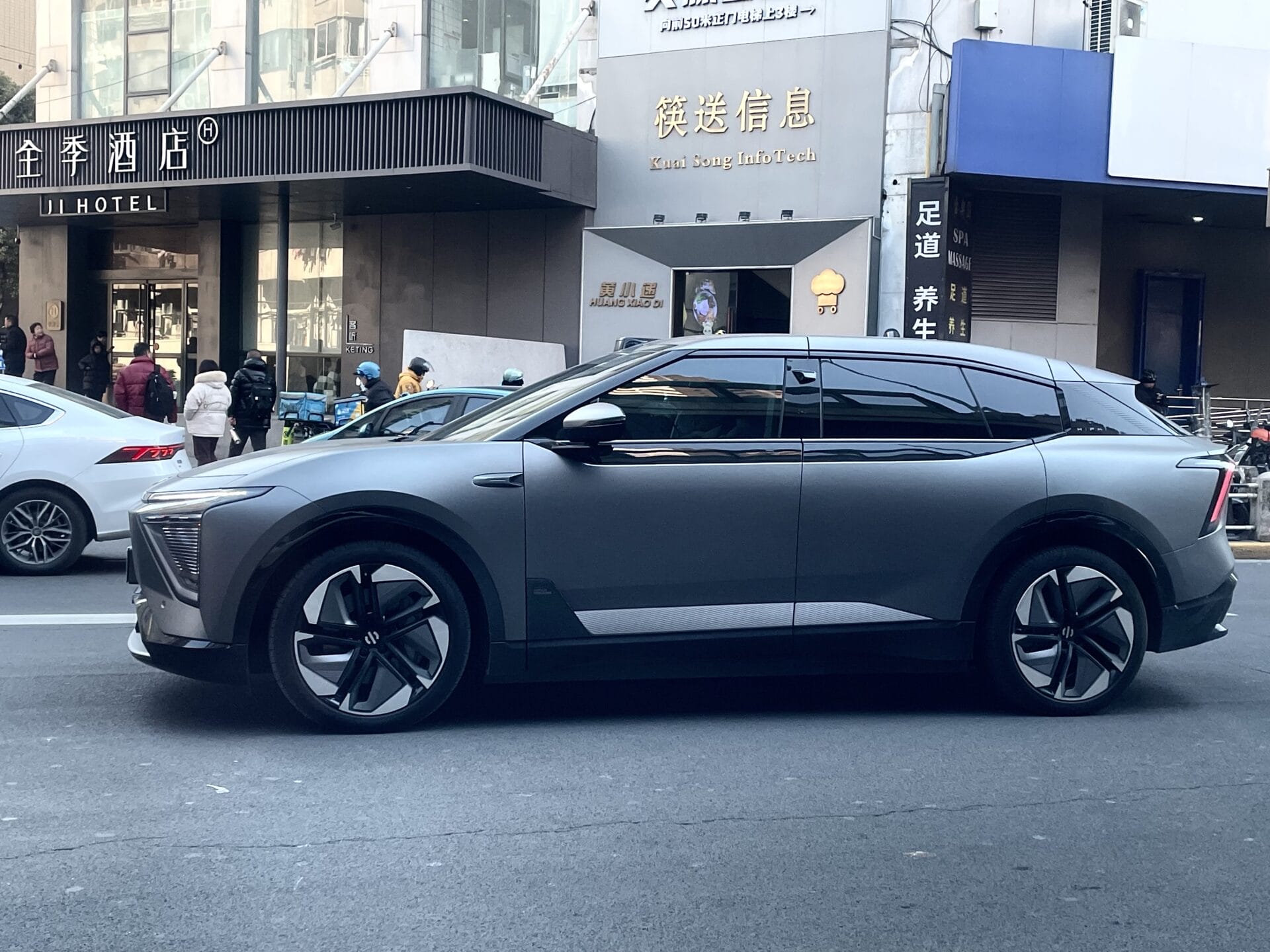The Energy Battle: United States versus China in the Race towards Sustainability.

Credits : Image created by Midjourney.
Recently, I had the opportunity to visit both China and the United States. During my travels, I noticed how these two global powers approach the challenges of energy transition in entirely different ways. In the global arena of energy production and technological innovation, the United States and China are known as titans dominating their respective fields. While the United States cherishes a long-standing legacy of fossil fuels, China has swiftly taken the lead in electric vehicle (EV) battery technology. This dual domination highlights an intriguing dynamic between traditional powers and emerging trends in the energy industry.
United States: Fossil Fuel Powerhouse and the Rise of eFuels.
In the vast landscape of Texas, I experienced the scale of the fossil fuel industry, realizing how deeply rooted the tradition of fossil fuels is here. The United States has a long history as a world leader in the production and consumption of fossil fuels. With extensive reserves of oil, natural gas, and coal, the country has taken a dominant position in energy trade and geopolitics. American oil production, driven by technological breakthroughs such as shale oil, has revolutionized global energy markets and enabled the United States to achieve greater energy independence.
In addition to its position as a fossil fuel powerhouse, the United States has also invested significantly in emerging technologies such as eFuels in recent years. These synthetic fuels are manufactured through chemical processes using renewable energy sources such as solar and wind energy to generate hydrogen. This hydrogen is then combined with carbon dioxide to produce fuels such as methanol, ethanol, and diesel. These investments are considered a strategic move to maintain the fossil fuel industry while simultaneously reducing CO2 emissions.

China: The Rise of the Battery Power.
My journey to China took me to the bustling city of Shanghai, where electric vehicles dominate the streets. Here, I witnessed the enormous impact of China’s ambitious policies aimed at clean energy and technological advancement. In sharp contrast to the United States’ dominance in fossil fuels, China has quickly emerged as the undisputed leader in battery technologies for electric vehicles.
With the world’s largest market for electric vehicles and a robust industrial base for battery production, Chinese companies such as CATL and BYD have had a global impact. Through economies of scale, innovation, and government support, these companies have reduced the costs of batteries, improved performance, and stimulated the adoption of electric vehicles not only in China but also worldwide.

A New Era of Competition and Collaboration.
While the United States and China each chart their own course in energy transition, the rise of renewable energy sources and electric vehicles promises a new era of competition and collaboration between the two superpowers. Notably, China has taken a lead in the adoption of electric vehicles, with approximately 50% of new car sales being electric, compared to only about 3% in the United States. The dynamics between these two energy superpowers will shape not only the future of the energy industry but also the geopolitical landscape and global efforts to address climate change. If the United States and China combine their strengths and expertise, they can play a crucial role in accelerating the transition to a more sustainable and resilient energy future for the entire world.

